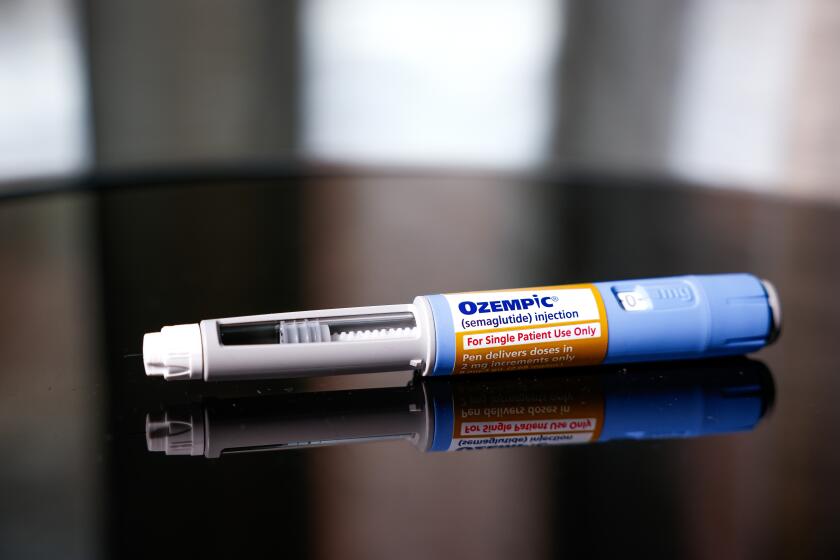The mystery of the discolored Van Goghs
It’s hard to imagine some of Vincent van Gogh’s signature works without the vibrant strokes of yellow that brightened the sky in “Starry Night” and drenched his sunflowers in color. But the yellow hues in some of his paintings have mysteriously turned to brown — and now a team of European scientists has figured out why.
Using sophisticated X-ray machines, they discovered the chemical reaction to blame — one never before observed in paint. Ironically, Van Gogh’s decision to use a lighter shade of yellow paint mixed with white is responsible for the unintended darkening, according to a study published online Monday in the journal Analytical Chemistry.
“This is the kind of research that will allow art history to be rewritten,” because the colors we observe today are not necessarily the colors the artist intended, said Francesca Casadio, a cultural heritage scientist at the Art Institute of Chicago who was not involved in the work.
In a number of Van Gogh’s paintings, the yellow has dulled to coffee brown — and in about 10 cases, the discoloration is serious, said Koen Janssens, an analytical chemist at Antwerp University in Belgium who co-wrote the study.
The root of the problem is the lead-chromate paint he used. It was called chrome yellow, and it was part of a generation of paints that were then far brighter and more vibrant than the existing yellow ochre or orpiment shades.
Soon after their introduction in the 19th century, it became apparent that chrome yellow paint would degrade under sunlight.
Although conservators took pains to protect Van Gogh’s paintings from the sun’s ultraviolet rays, the gradual darkening continued. The discoloration proved unpredictable, afflicting the yellow in some works while sparing others.
What was causing Van Gogh’s sunflowers to wither and the golden tone in his daylight scenes to dim? And why did the victims appear to be picked at random?
To find out, the researchers obtained three tubes of yellow paint from the Royal Museum of Fine Arts Antwerp that were manufactured around the same time that Van Gogh was working. They spread samples of the still-bright paint onto glass slides and bombarded them with ultraviolet radiation for three weeks to mimic the process of aging.
Only one of the samples browned — and it did so in dramatic fashion, its color turning from daisy to coffee with milk, Janssens said. The brown layer was about a micron thick.
“It’s amazing that the change was so quick and so profound,” he said.
To his frustration, though, the electron microscopy, infrared microscopy and other tests were of no help in understanding the reason for the brown layer. “Our eyes told us something had changed but all our equipment told us no change,” Janssens said.
Finally, they hit the paint with a high-intensity X-ray at the European Synchrotron Radiation Facility in Grenoble, France. They discovered that that the colorfast samples were composed of chromium in its pure, crystalline form.
However, the paint that turned brown actually started out as a lighter shade of yellow than the other two tubes: The darkened sample contained sulfates, which are associated with white pigment. Those sulfates, Janssens said, had likely helped reduce the chromium’s oxidation state from chromium-6 to chromium-3, taking on an increasingly greenish hue that contributed to the overall darkening.
The scientists ran the same tests on fresh paint made according to the 19th century recipe, as well as painting fragments from Van Gogh’s lesser-known “Bank of the Seine” and “View of Arles with Irises.” The team found chromium-3 in the samples that turned brown.
For now, there’s no way to stop the darkening — only to slow it down. At a minimum, the researchers recommend keeping the paintings out of as much harmful light as possible.







